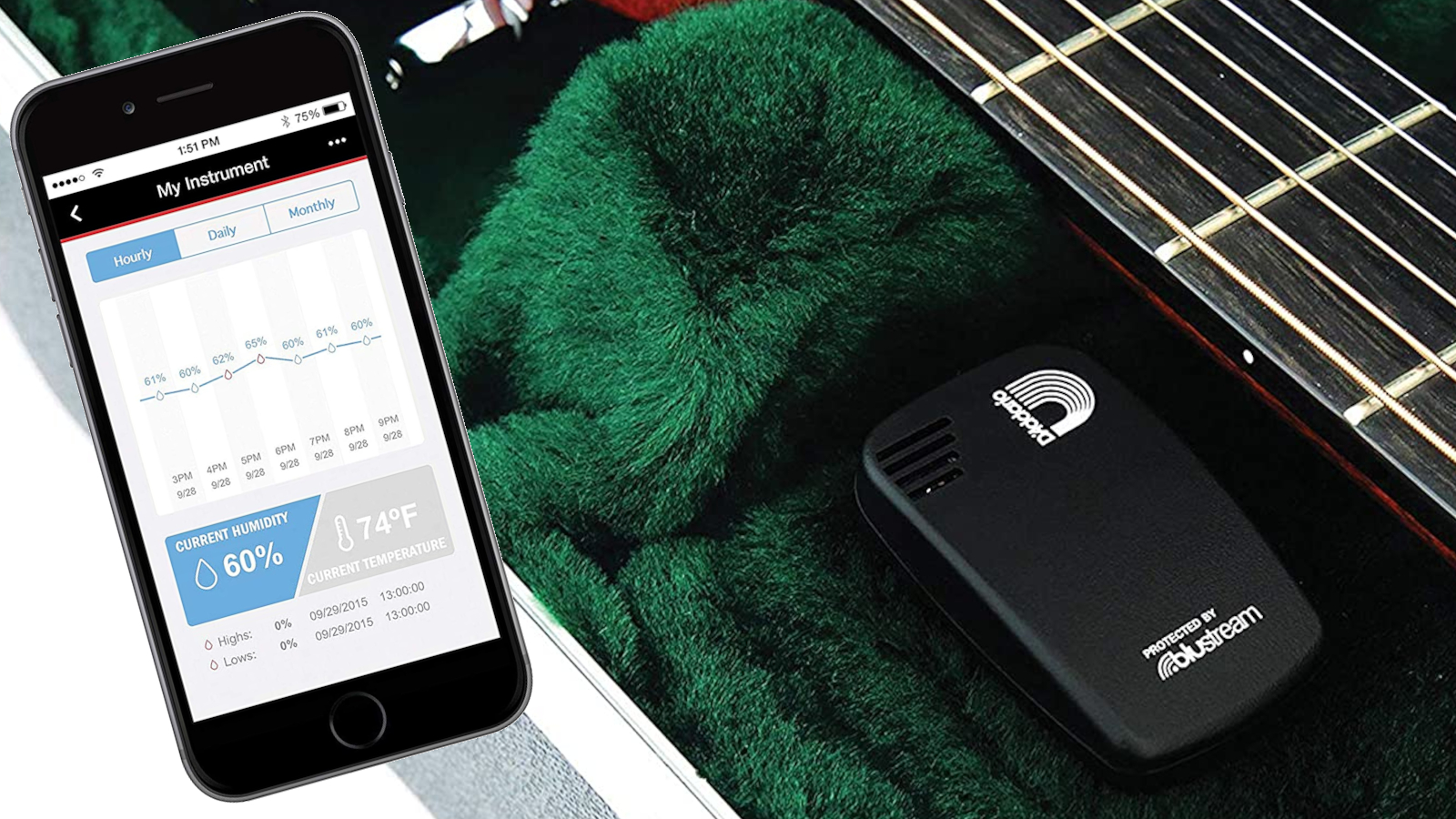How To Protect Your Guitar from the Cold
Here are some remedies and recommendations for taking care of your acoustic when winter hits.

If you live in a relatively cold part of the world, endure freezing winters, or intend to travel to such places then it’s important to spare a thought for your acoustic guitar.
Depending on where you are, the environment can range from freeze-dried to dank and clammy. Such changes in temperature and humidity affect playability, loosen joints and crack the finish.
Here are some vital ways to protect your precious instruments from the big chill.
Keep It Comfortable
An acoustic guitar’s body, like your own, functions best when kept consistently cozy, with an ideal temperature range between 72 to 77 degrees Fahrenheit.
When the ambient temperature drops, wood contracts. Warm it up, and it expands. An acute drop is bad news, and recurring severe temperature fluctuations can cause cracks.
Heed the following seasonal warning from Martin’s Care & Feeding Guide: “At all costs, avoid hanging your instrument on an outside wall during winter months. The wall will be cooler than the inside air. The result is a conflict between the temperature of the top and back, with potential damage as a result.”
Most players merely need to be mindful of temperatures wherever their acoustics are stashed
A dedicated acoustic-instrument space offers the best level of environmental control. Of course, most players merely need to be mindful of temperatures wherever their acoustics are stashed.
All the latest guitar news, interviews, lessons, reviews, deals and more, direct to your inbox!
You may notice distinct differences in action depending on the guitar’s distance from heat sources, and some may even require a truss-rod tightening when holiday time hits. A fan can help circulate the heat, which brings us to this next key consideration.

Monitor Humidity
According to Taylor Guitars, “Extended exposure to dry conditions poses one of the biggest threats to a guitar’s health.”
Running a heater contributes to dry air, and when dry air robs moisture from a guitar’s wood, it contracts, which again can lead to everything from cracks to fret edges sticking out from the fingerboard.
Of course, many parts of the country, including the West Coast, enter the rainy season and have the opposite concern. Wood can take on moisture and expand. A guitar can be subjected to extremes on a simple trek from the damp Pacific Northwest to the high and dry Sierra Mountains.
Keeping an acoustic in a quality case is the easiest wintertime adjustment you can make
What to do?
An ideal relative humidity is between 45 and 55 percent. Get a digital hygrometer to detect and display humidity levels, and keep it where you store your acoustics.
If you’re fortunate enough to have a room for your guitars, use a room humidifier adequate for the space. Even then, it’s smart to have a hygrometer and humidification system in each guitar case for additional care and for travel.
If you don’t have a dedicated room, then this is a must. Keeping an acoustic in a quality case is the easiest wintertime adjustment you can make, and humidity is easier to control in such a small space.

Take Action
Players use all sorts of interesting remedies. For example, Jerry McPherson claims that he’s put a half-cut potato in a guitar case as a DIY humidifier.
Conversely, common silica-gel packs can mitigate high-humidity conditions. You might even take a hair dryer to your case occasionally to fight off mold. But these days there are numerous modern humidification systems available, about which there are as many opinions as there are options.
What really matters is that you do something.
D’Addario is clearly serious about humidification, and the company’s Humidipak is pretty hip. Place the moisture-filled packets inside a guitar or case and they will either release or suck up moisture to maintain a moderate relative humidity.
D’Addario also makes the Humiditrak sensor-plus-app package, which sends humidity and temperature notifications to a smartphone via Bluetooth.

Be Extra Attentive
Don’t forget to unpack your acoustic from your car. If your instrument does get left out in the cold, bring it inside, keep it in the case and let it gradually warm up to room temperature.
No matter how you choose to add moisture, be careful that water doesn’t make direct contact to the instrument. A little extra TLC during the winter will keep your guitar safe and sound.
Jimmy Leslie is the former editor of Gig magazine and has more than 20 years of experience writing stories and coordinating GP Presents events for Guitar Player including the past decade acting as Frets acoustic editor. He’s worked with myriad guitar greats spanning generations and styles including Carlos Santana, Jack White, Samantha Fish, Leo Kottke, Tommy Emmanuel, Kaki King and Julian Lage. Jimmy has a side hustle serving as soundtrack sensei at the cruising lifestyle publication Latitudes and Attitudes. See Leslie’s many Guitar Player- and Frets-related videos on his YouTube channel, dig his Allman Brothers tribute at allmondbrothers.com, and check out his acoustic/electric modern classic rock artistry at at spirithustler.com. Visit the hub of his many adventures at jimmyleslie.com
